Understanding Printed Circuit Heat Exchangers (PCHEs)
PCHEs routinely operate at temperatures up to 850 ...
More
A high-pressure plate and frame heat exchanger is a specialized thermal transfer device designed to handle extreme pressure conditions while maintaining optimal heat exchange efficiency. These robust systems consist of a series of corrugated metal plates clamped together in a frame, creating alternating channels for hot and cold fluids. Unlike standard plate heat exchangers limited to 25 bar, high-pressure models withstand up to 40 bar (580 psi) operating pressures, with some industrial versions rated for 100 bar (1,450 psi). They're engineered with thicker plates (typically 0.6-1.2mm vs standard 0.3-0.6mm) using materials like titanium, 316L stainless steel, or nickel alloys for corrosive environments. Major manufacturers like Alfa Laval, SWEP, and Tranter report 15-20% higher heat transfer coefficients compared to shell-and-tube units in comparable pressure ranges, with compact designs offering 50% space savings.
High-pressure plate heat exchangers operate on the same principle as standard PHEs but with reinforced structural components. Fluids flow through alternating channels formed between plates, with gaskets (typically Nitrile, EPDM, or Viton) preventing mixing. The corrugated plate pattern creates turbulent flow (Reynolds numbers >2,000), enhancing heat transfer - industry data shows U-values reaching 7,000 W/m²°C for water-to-water applications. For high-pressure operation, manufacturers use laser-welded plates or double-wall designs with intermediate layers. The frame employs heavy-duty compression bolts (often ISO 898-1 Grade 10.9) and reinforced guide bars to withstand pressure-induced stresses. According to ASME BPVC Section VIII standards, these exchangers maintain <0.1% leakage rates even at 150°C and 40 bar. Advanced models incorporate pressure-equalizing channels and hydraulic tightening systems that automatically compensate for thermal expansion, crucial for processes like HTHP (High Temperature High Pressure) sterilization or oil refinery charge heating where temperatures exceed 200°C.
Select the most popular foreign trade service products to meet your diverse needs
Learn more about the dynamics and professional knowledge of the foreign trade industry
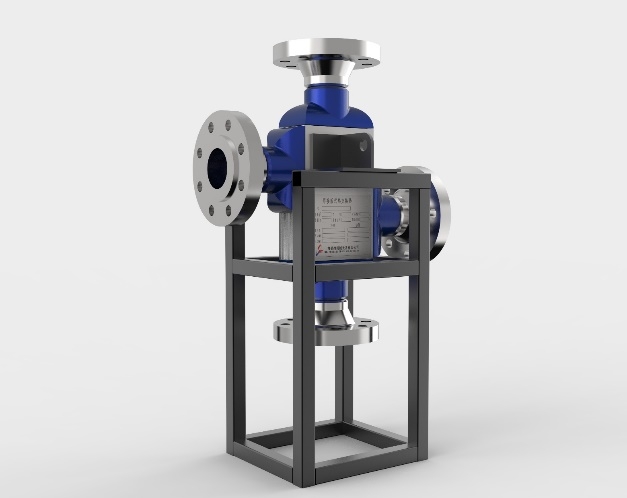
PCHEs routinely operate at temperatures up to 850 ...
More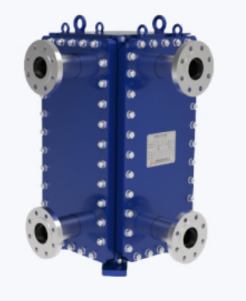
Understanding welded heat exchanger's unique const...
More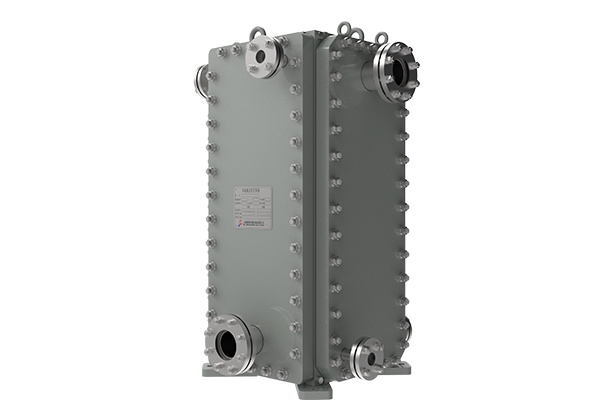
Traditional plate heat exchangers (PHEs) use gaske...
More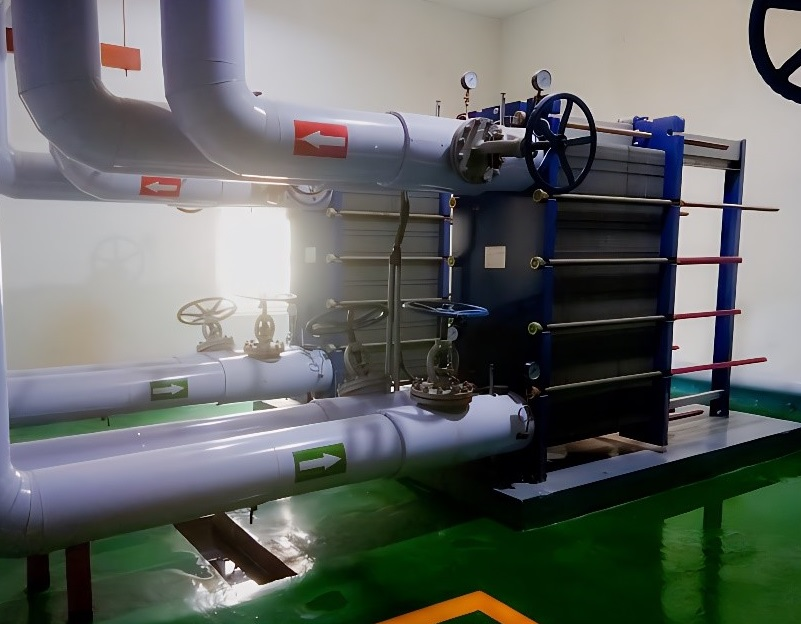
This guide offers a comprehensive examination of t...
More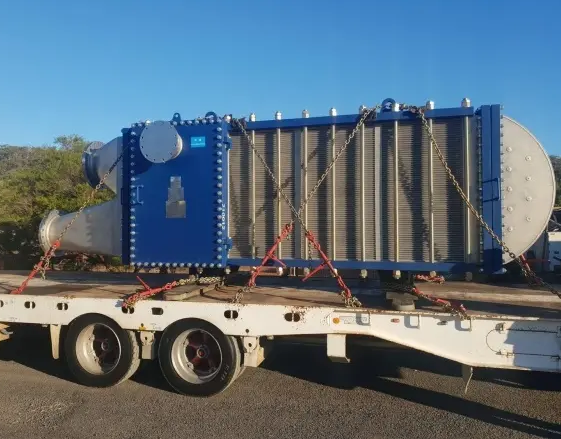
Recently, SHPHE received repeat order from custome...
More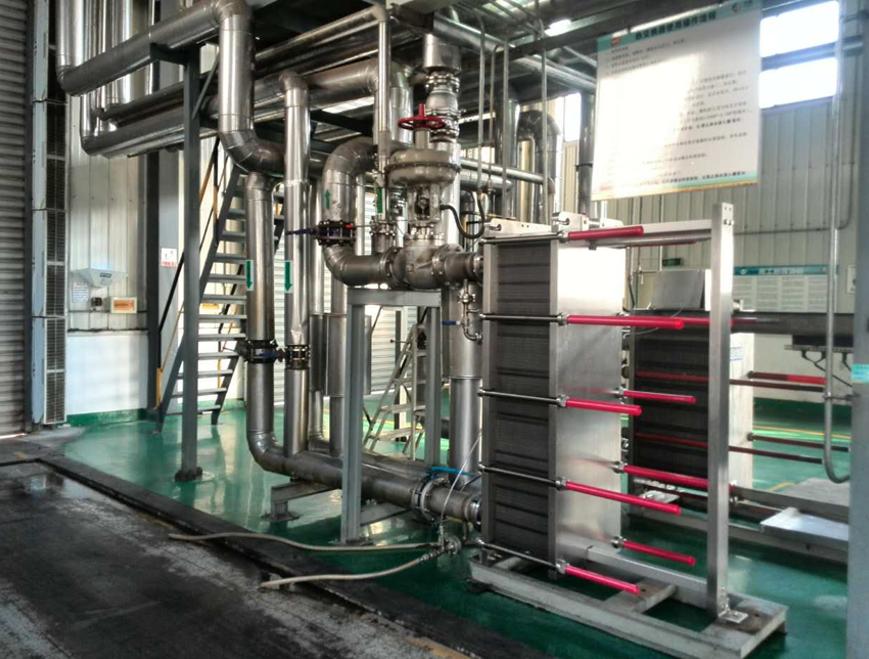
A plate heat exchanger (PHE) is a device engineere...
MoreExplore more content related to foreign trade services
